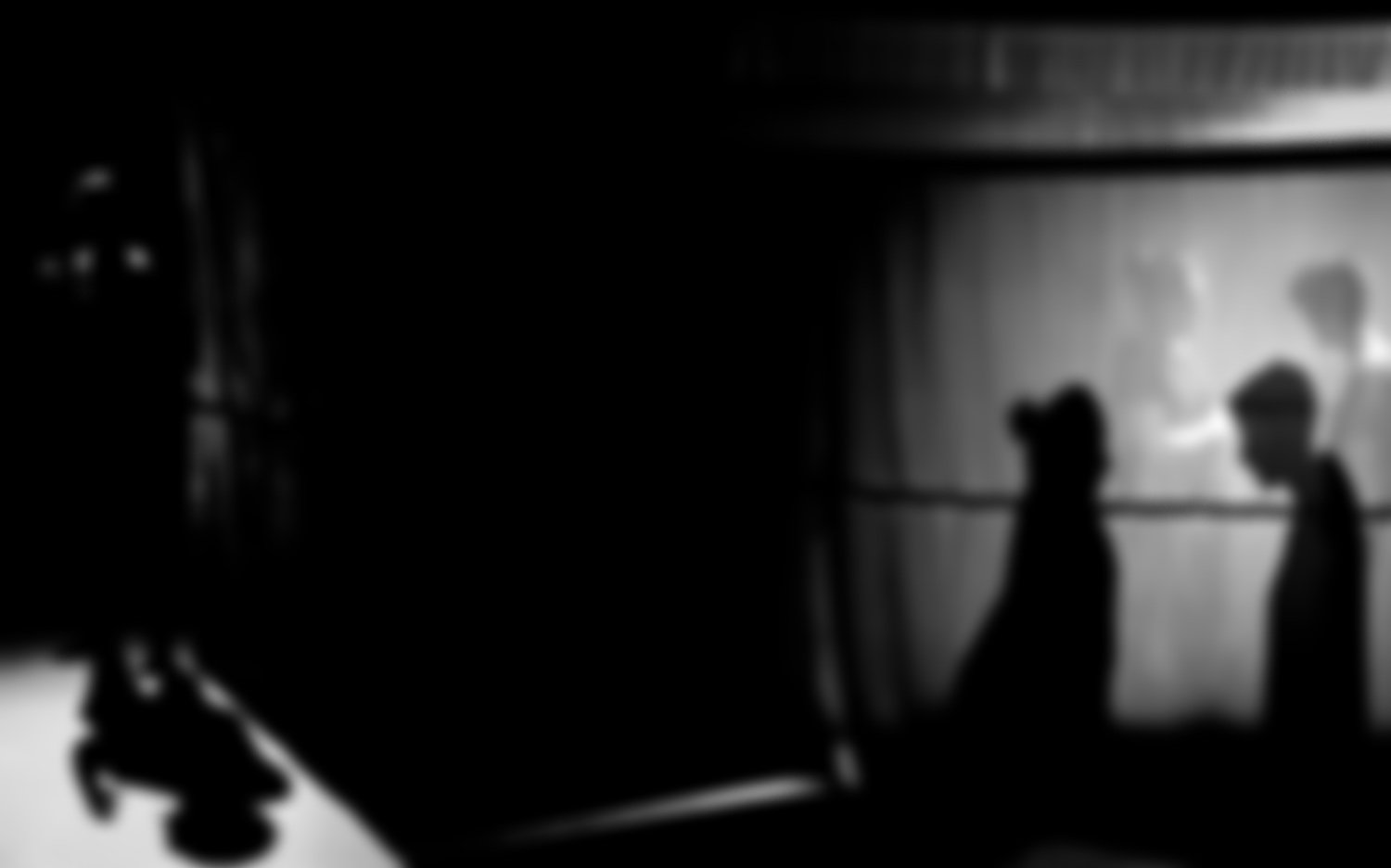
On Queering Theater in a Time When We Do Not Have the Freedom Not To
Excerpt from upcoming publication by Fay Nass (the frank theatre):
On Queering Theater in a Time When We Do Not Have the Freedom Not To
When I think about queer theater, I think about the notion of queer temporalities in space, in form, in community, in language and in content. I am an Iranian-Canadian, non-binary artist living in Canada. I exist in the space between East and West, Man and Woman, gift economy and Capitalism. I am both inspired and troubled by opposing binaries. In my work, it is in this tension that I find meaning and create new forms and aesthetics. For the past two decades, I have been developing a theoretical and practical framework for this process by calling it “Queering theater,” which best describes my practice and process of creation. My process of Queering theater is a way of decolonization and de-Westernization of what we create and how we create it. To me Queering theater is a way of thinking about the linguistics and semiotics of theater in order to give birth to new set of vocabulary and language that ultimately could increase potential for transcultural exchange and the cultivation of empathy.
Someone asked me many years ago how my work is political. I responded by saying that it doesn’t have the freedom not to be political. My existence and my body do not allow me to separate my art from my existence. My body and my existence are never going to be a blank canvas, they will always be politicized, and so will my art. This is also true for queer theater. So, the best way for queer theater to be the agent of change is to “be,” to exist in an ontology of its own making. This is the ontology of Queering theater. In this way Queering theater is a way for queer theater to free itself from its very properties that it cannot escape.
In a sense, leading the frank theatre for the past seven years has allowed me to bring my practice around “Queering” not only in to a queer theatre company, but also in the organizational culture, in the mentorship and in cultivating a future generation of queer artists who have adapted this philosophy in their creation and perspectives. My hope is to continue innovating new ways of creation while borrowing from the past and acknowledging the history and the implications of it in our works.
I believe queer theater is currently in a moment that is resisting much of its previous history while wanting to embrace and preserve parts of it. It is longing for a future utopia, hoping to create spaces free of intolerance while falling into the same heteronormative traps, prejudices and political rectitude. What is a serious treat for queer theater is the queer tension between past and present and its longing for future. If we imagine queer theater as a “body” like any human being it longs for freedom. Freedom from the constructs that shape it, as well as agency to free the world from intolerance, however, while we long for freedom we move forward in time, and moving forward in time means getting closer to death. The death of an era, the death of a previously accepted form, and the death of previously relevant content.
If we accept that Queer theater is about Queering our way of thinking, perhaps we can become more forgiving, more empathetic and more understanding of different viewpoints and ideologies. We can long for a future Utopia while un-learning and de-colonizing our current aesthetic and practices.
Photo credits:
Aphotic Dream: Photos by Jonathan Kim from Aphotic Dream (2012), produced by Aphotic Theatre.
Unveiled: Photo by Soran Mardookhi from Unveiled (2017), produced by Aphotic Theatre, presented by Summerworks.
Be-Longing: khattieQ and Baraka Rahmani in Be-Longing (2020), produced by the frank theatre and Chimerik 似不像. Photo by Kaayla Whatchell/Chimerik 似不像.

